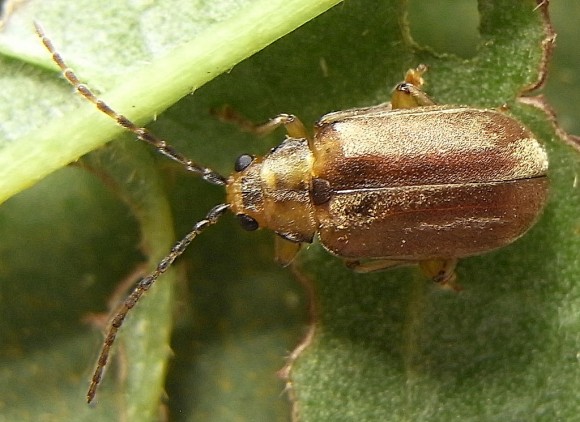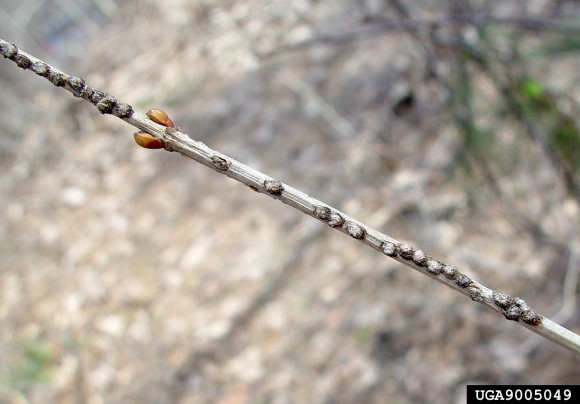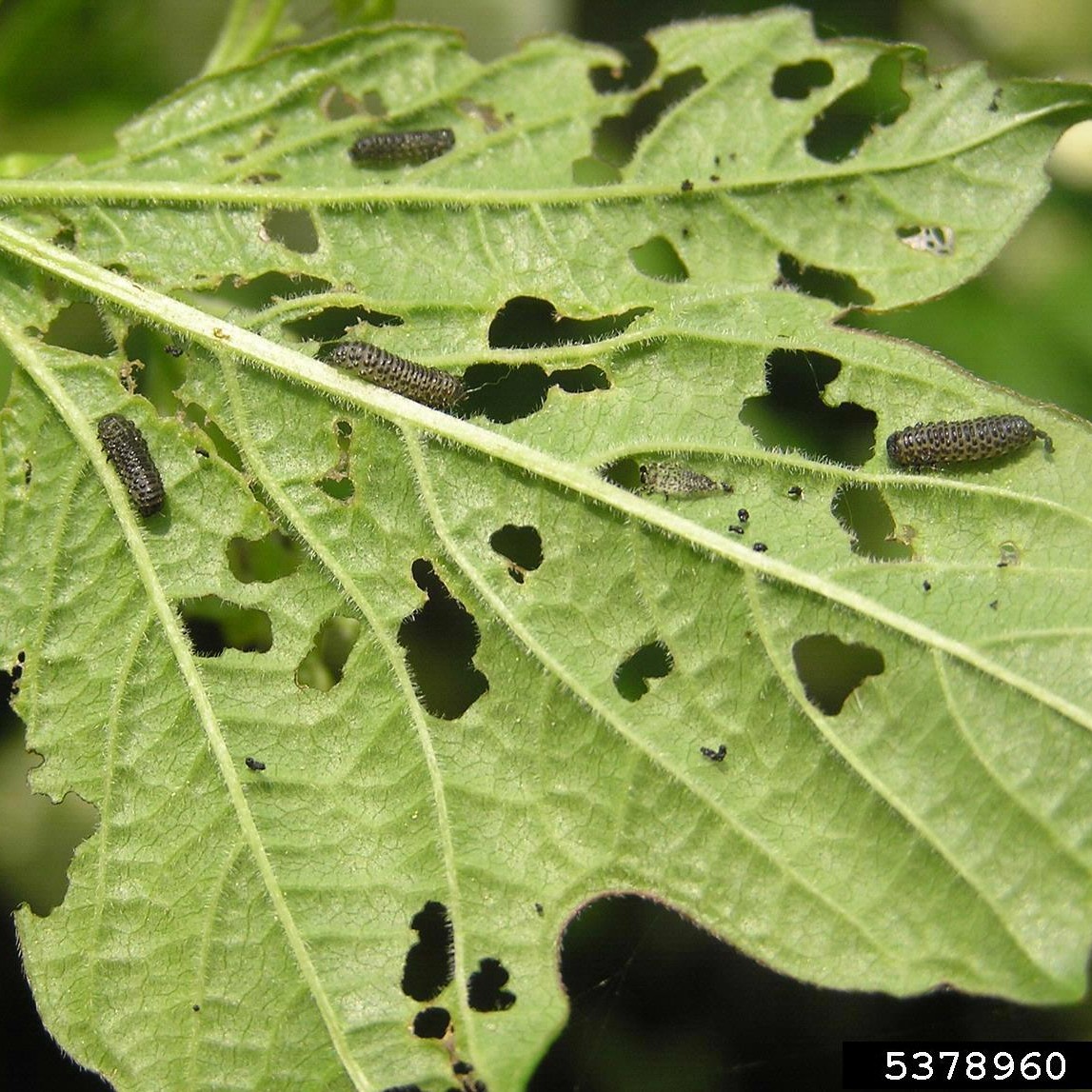At the start of every growing season, I get the same question: what are your thoughts as far as garden pests are concerned? Here are my predictions:
First, plants may show signs of cumulative stress from the inconsistent and extreme weather patterns of the past few years: the 2012 drought, followed by the cold winter of 2013-14, and greatly fluctuating seasonal temperatures. These stress factors have an accumulative negative effect on plant health. When plants are under stress, their defense mechanisms are down, and they are much more prone to disease and insect attack, just as people who don’t eat properly and don’t get enough sleep are much more prone to illness. So what can we do? Primarily, just a bit more TLC in the way of cultural care: watering, mulching, pruning, fertilizing, monitoring and managing pests, protecting, and focusing on the more delicate plants in your landscape.
Second, new high-consequence invasive pests will become of concern. We now live with Japanese beetles, which are here to stay; we have experienced the Asian longhorned beetle (which was supposedly eradicated in our area, but I doubt that’s the case); and we are right in the middle of managing the emerald ash borer crisis. So what’s next? Sad to say, there are many other invasive pests to be on the watch for. Two that are literally knocking at our door now are the brown marmorated stink bug (primarily an agricultural concern) and the viburnum leaf beetle (primarily an ornamental landscape concern).
Find more information on identifying and dealing with emerald ash borer on our website, and in our previous posts on EAB.
In ornamental horticulture (your home landscape plants), I feel the viburnum leaf beetle is on the verge of having a great impact in our area, as nearly everyone’s home landscape has viburnum; I’d like to take a moment to review this new critter.
Viburnum leaf beetle (Pyrrhalta viburni)
The viburnum leaf beetle (VLB) is native to Europe and was first found in the United States in 1994 in Maine. In 2009, it was first found in Illinois (Cook County). In 2012 and 2013, the number of reports increased from Cook County and also from a new county, DuPage, as well. In late summer 2014, there were numerous reports from Cook County and some specifically from our neighbor Winnetka, where complete defoliation was reported—only five miles from the Garden!

The VLB larva and adult both feed on foliage and can cause defoliation, and several years of defoliation can kill a viburnum. We have not yet found VLB at the Garden but have been monitoring our viburnums closely. If you live in the area, I strongly suggest you begin monitoring your viburnums for this critter. There are many great university-created fact sheets for VLB that can be found online, or contact the Garden’s Plant Information Service for additional information. Please report new finds to the Illinois Natural History Survey, Illinois Department of Agriculture, or University of Illinois Extension Service.

The Garden is a member of the Sentinel Plant Network, a group that unites botanic gardens in monitoring and providing education on exotic plant pests and pathogens, and works in partnership with the National Plant Diagnostic Network (NPDN).
If you are a plant and bug person like me, please consider becoming a NPDN First Detector and help be on the lookout for these exotic invasive plant pests and pathogens. The NPDN offers an online training course to become a First Detector at firstdetector.org. It’s free, and upon completion, you even get a printable certificate!
©2015 Chicago Botanic Garden and my.chicagobotanic.org

